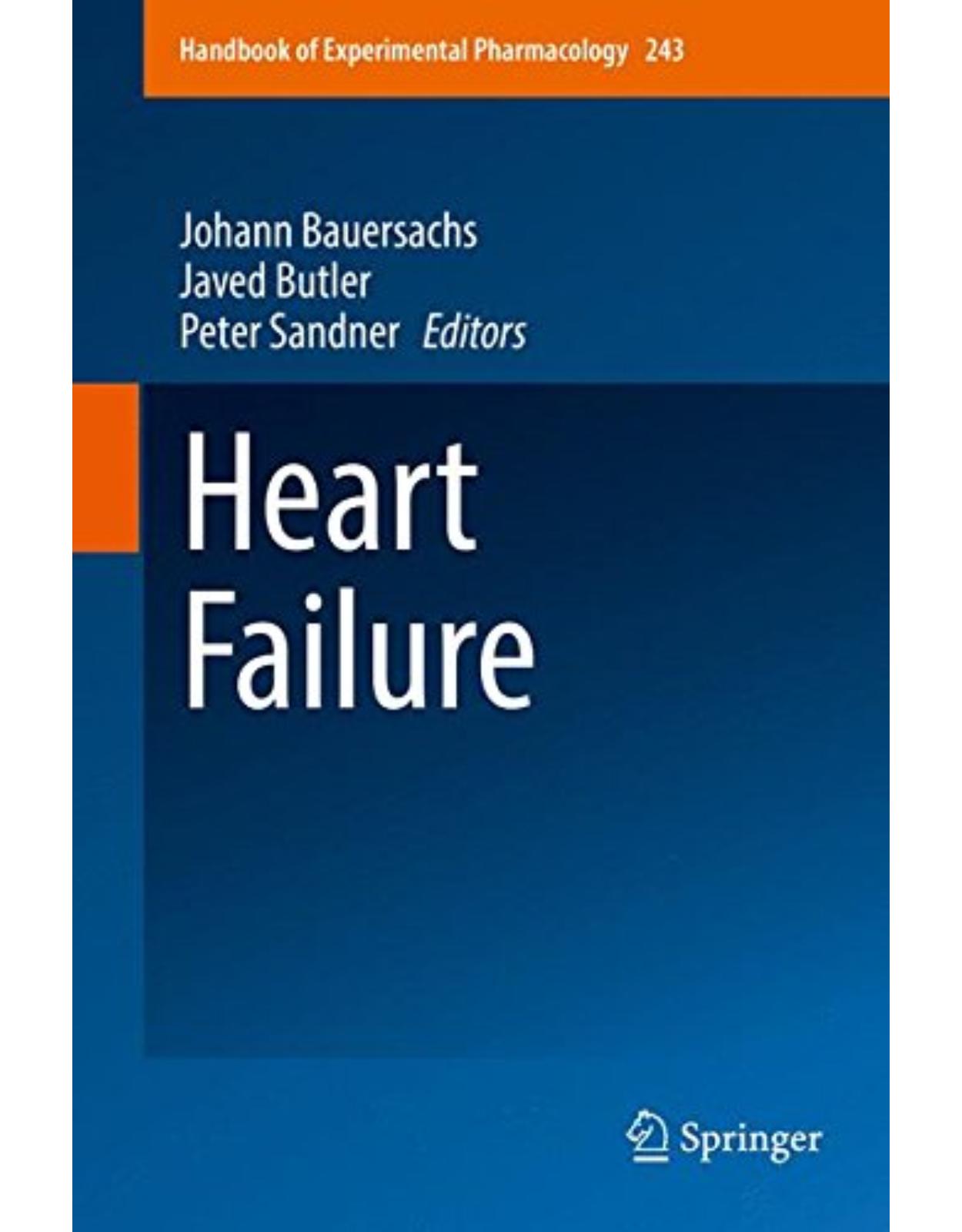
Heart Failure (Handbook of Experimental Pharmacology)
Livrare gratis la comenzi peste 500 RON. Pentru celelalte comenzi livrarea este 20 RON.
Disponibilitate: La comanda in aproximativ 4 saptamani
Editura: Springer
Limba: Engleza
Nr. pagini: 592
Coperta: Hardcover
Dimensiuni: 15.6 x 3.2 x 23.4 cm
An aparitie: 29 Jun 2017
Description:
This special issue of the Handbook of Experimental Pharmacology on Heart Failure covers the entire spectrum of the field, from the current understanding and definitions of heart failure, to epidemiology and the importance of co-morbidities, clinical trial design and biomarkers, as well as imaging technologies. The main focus of this book is to review current and emerging heart failure therapies and potential targets for treatment.
Table of Contents:
Heart Failure and Heart Failure Drug Therapy: Preface
References
Contents
The Three-Decade Long Journey in Heart Failure Drug Development
1 Heart Failure: Disease, Definitions and Treatments
2 The Global Burden of Heart Failure
3 Definitions and Classifications
4 Historical Aspects Treatment Guidelines and Pivotal Trials in HFrEF
5 HFpEF
6 Conclusion
References
Epidemiology of Heart Failure
1 Introduction
2 Incidence and Prevalence
3 Hospitalizations and Mortality
4 Etiology of Heart Failure
5 Heart Failure with Different Levels of Ejection Fraction (EF)
6 Patients Hospitalized for Acute HF
6.1 IN-HF Outcome Findings
6.2 ESC-HF Pilot Survey
6.3 ESC-HF Long-Term Registry
7 Ambulatory Patients with Chronic HF
7.1 IN-HF Outcome Findings
7.2 ESC-HF Pilot and Long-Term Registries
8 Conclusions
References
Comorbidities in Heart Failure
1 Introduction
2 Anemia
2.1 Epidemiology
2.2 Pathophysiology
2.3 Treatment
2.3.1 Future Perspectives
2.4 Conclusion
3 Cognitive Dysfunction
3.1 Epidemiology
3.2 Pathophysiology
3.3 Conclusion
4 Chronic Obstructive Pulmonary Disease
4.1 Epidemiology
4.2 Pathophysiology
4.3 Treatment
4.4 Conclusion
5 Diabetes Mellitus
5.1 Epidemiology
5.2 Pathophysiology
5.3 Treatment
5.3.1 Dipeptidyl Peptidase 4 (DPP-4) Inhibitors
5.3.2 Glucagon-Like Peptide-1 (GLP-1) Receptor Agonists
5.3.3 Sodium-Glucose Cotransporter 2 (SGLT2) Inhibitors
5.4 Conclusion
6 Hypercholesterolemia
6.1 Conclusion
7 Iron Deficiency
7.1 Epidemiology
7.2 Pathophysiology
7.3 Treatment
7.3.1 Intravenous Iron Therapy
7.3.2 Oral Iron Therapy
7.4 Conclusion
8 Potassium Disorders
8.1 Pathophysiology
8.2 Treatment
8.2.1 Patiromer
8.2.2 Sodium Zirconium Cyclosilicate
8.3 Conclusion
9 Renal Dysfunction
9.1 Epidemiology
9.2 Pathophysiology
9.3 Implications of Renal Dysfunction
9.4 Conclusion
10 Sleep-Disordered Breathing
10.1 Epidemiology
10.2 Pathophysiology
10.3 Treatment
10.3.1 Positive Airway Pressure Therapy
10.3.2 Acetazolamide
10.3.3 Future Perspectives
10.4 Conclusion
11 Conclusion
References
Clinical Trial Design, Endpoints, and Regulatory Requirements
1 Efficacy Criteria for Developing Agents for the Treatment of Chronic Heart Failure
2 Primary Endpoints
2.1 Mortality
3 Heart Failure Hospitalization
4 Composite Endpoints and Recurrent Morbid Events
5 Worsening Heart Failure Without Hospitalization
6 Functional Capacity
7 Hemodynamic Parameters
7.1 Biomarkers
8 Patient-Reported Outcomes
9 Assessments of Efficacy
10 Survival
11 Hospitalization for Heart Failure
12 Worsening Heart Failure Without Hospitalization
13 Composite Endpoints End Recurrent Morbid Events
14 Assessment of Functional Status
15 Hemodynamic Studies and Studies of Left Ventricular Function
16 Quality of Life
17 Pharmacodynamics/Pharmacokinetics
18 Confirmatory Studies
19 Safety
20 Conclusion
References
Biomarkers of Heart Failure with Preserved and Reduced Ejection Fraction
1 Introduction
2 Biomarkers of Heart Failure with Reduced Ejection Fraction
2.1 B-type Natriuretic Peptides in Heart Failure with Reduced Ejection Fraction (HFrEF): Standing on
2.2 B-type Natriuretic Peptide-Guided Therapy
2.3 Back to the de Bold´s ``Atrial Natriuretic Factor´´: MR-proANP
2.4 Cardiac Troponins
2.5 Candidate Biomarkers of HFrEF
2.5.1 Sympathetic Activation
2.5.2 Renin-Angiotensin-Aldosterone System Activation
2.5.3 Inflammation and Immunity
2.5.4 Fibrosis
2.5.5 Cardiorenal Syndrome
2.5.6 Comorbidities and Cachexia
2.5.7 Adrenomedullin
2.5.8 GDF-15
2.5.9 Copeptin
2.5.10 miRNAs
3 Biomarkers of Heart Failure with Mid-Range and Preserved Ejection Fraction
3.1 Natriuretic Peptides
3.2 Other Biomarkers in HFpEF
3.2.1 sST2
3.2.2 Gal-3
3.2.3 GDF-15
3.2.4 Inflammatory Biomarkers
3.2.5 Directions
4 Conclusions
References
Heart Failure Guidelines on Pharmacotherapy
1 Introduction
2 Role of Renin Angiotensin Aldosterone System and Sympathetic System Activity in Heart Failure
3 HFrEF Stage C Pharmacological Therapy
3.1 Beta-Blockers
3.1.1 Recommendations
3.1.2 Mechanism of Action
3.1.3 Adverse Effects
4 ACE Inhibitors
4.1 Recommendations
4.2 Mechanism of Action
4.3 Adverse Effects
5 ARBs
5.1 Recommendations
5.2 Mechanism of Action
5.3 Adverse Effects
6 ARNIs
6.1 Recommendations
6.2 Mechanism of Action
6.3 Adverse Effects
7 Mineralocorticoid Receptor Antagonists
7.1 Recommendations
7.2 Mechanism of Action
7.3 Adverse Effects
8 Hydralazine/Nitrates
8.1 Recommendations
8.2 Mechanism of Action
8.3 Adverse Effects
9 Ivabradine
9.1 Recommendations
9.2 Mechanism of Action
9.3 Adverse Effects
10 Diuretics
10.1 Recommendations
10.2 Mechanism of Action
10.3 Adverse Effects
11 Other Recommended Medications for Treatment of HFrEF Stage C
12 HFpEF Stage C Pharmacological Therapy
Disclosures
Support
References
Sacubitril/Valsartan (LCZ696) in Heart Failure
1 Introduction
2 Historical Background
2.1 Therapies Targeting the Renin-Angiotensin-Aldosterone System
2.2 Natriuretic Peptides
2.2.1 Discovery and Biological Roles
2.2.2 Therapeutic Enhancement of Natriuretic Peptide Activity in Patients with HF
2.2.3 Natriuretic Peptide Enhancement Combined with Inhibition of Angiotensin-Converting Enzyme
3 Sacubitril/Valsartan
3.1 Pharmacokinetics
3.2 Pharmacodynamics
3.2.1 Changes in Plasma Cyclic Guanosine Monophosphate
3.2.2 Biomarkers of Renin-Angiotensin-Aldosterone System Inhibition by AT1 Receptor Blockade
3.2.3 Blood Pressure Lowering by Sacubitril/Valsartan
3.2.4 Selection of Recommended Clinical Dose
3.2.5 Effect of Sacubitril/valsartan on Cardiac Repolarization
3.3 Pharmacokinetic and Pharmacodynamic Drug-Drug Interactions
4 Overview of Clinical Trials of Sacubitril/Valsartan in Heart Failure
4.1 PARADIGM-HF
4.1.1 Outcomes
4.1.2 Mode of Death
4.1.3 Clinical Progression
4.1.4 Quality of Life
4.1.5 Biomarkers
4.1.6 Additional Subgroup Analyses and Other Analyses
4.1.7 Safety and Tolerability
4.2 TITRATION
4.3 PARAMOUNT-HF
5 Current Status of Sacubitril/Valsartan
5.1 Ongoing Outcome Studies
References
Ivabradine
1 The SHIFT trial
2 Hospitalizations for Heart Failure and Quality of Life
3 Efficacy and Safety of Ivabradine in Populations with Important Comorbidities
3.1 Diabetes
3.2 Patients with Low Systolic Blood Pressure
3.3 Renal Dysfunction
3.4 Chronic Obstructive Pulmonary Disease
4 Mechanism of Action of Ivabradine in Heart Failure
4.1 Acute/Subacute Haemodynamic Effects
4.2 Chronic Haemodynamic Effects
5 Indication
6 Contraindications/Non-indications
References
Partial Adenosine A1 Agonist in Heart Failure
1 Adenosine A1 Receptor Physiology
1.1 Limitations of Full Adenosine Receptor Agonists as a Therapeutic Option
1.2 Partial Adenosine A1 Receptor Agonists
1.3 Pharmacology of Adenosine A1 Receptor Agonists
2 Selective A1R Agonists: Preclinical and Clinical Evidence in Cardiovascular Disorders and Clinical
2.1 Intravenous Antiarrhythmic Agents for the Treatment of Supraventricular Tachycardia
2.2 Angina Pectoris
2.3 Antilipolytic Effects on Free Fatty Acids
2.4 Preconditioning and Cardioprotection
2.5 Heart Failure
3 Rationale for Partial Adenosine A1 Receptor Agonism for Heart Failure Treatment
3.1 Mitochondrial Function
3.2 Cardiac Energetics and Substrate Utilization
3.3 Adrenergic Over-Activation
3.4 Calcium Handling
3.5 Comorbidities of HF
3.6 Insulin Resistance and Diabetes
3.7 Coronary Artery Disease and Microvascular Dysfunction
3.8 Renal Dysfunction
3.9 Muscular Deconditioning
4 Summary and Future Directions
References
New and Emerging Therapies and Targets: Beta-3 Agonists
1 Catecholamines and the Failing Heart
1.1 Catecholamines Synthesis and Circulation
1.2 Catecholamines in Heart Failure
2 Beta-Adrenergic Receptors in the Normal and Failing Heart
2.1 Beta-Adrenergic Signaling in the Cardiovascular System
2.2 Beta-Adrenergic Receptors in the Failing Heart
3 The Beta-3 Adrenergic Receptor
3.1 Structure of 3AR
3.2 Coupling of 3AR in Cardiovascular Tissues
3.3 Signaling of 3AR in Cardiovascular Tissues
4 Beta-3 Adrenoceptor in the Failing Heart
5 Beta-3 Adrenergic in Preclinical Model of Cardiac Remodeling
6 Potential Protective Effect of Beta-3 AR and Clinical Studies
7 Conclusion
References
Novel sGC Stimulators and sGC Activators for the Treatment of Heart Failure
1 Introduction
2 Physiology and Pathophysiology of NO-sGC-cGMP Signaling in the Cardiovascular System
2.1 Physiology
2.2 Pathophysiology
2.2.1 Role of the NO-cGMP System in CHF and Comorbidities
3 Clinical Data of sGC Activators and Stimulators
3.1 sGC Activators
3.1.1 Cinaciguat
3.2 sGC Stimulators
3.2.1 Riociguat
3.2.2 Vericiguat
SOCRATES Reduced
4 Conclusions
References
Cardiac Phosphodiesterases and Their Modulation for Treating Heart Disease
1 Introduction
2 Cyclic Nucleotides: Cardiac Second Messengers with Pleiotropic Effects
3 PDE3 and Dilated Cardiomyopathy
4 PDE5 and Dilated Cardiomyopathy
5 PDE5A and Non-dilated Heart Disease
6 Potential Roles for PDE1, PDE2, and PDE9 in Heart Failure
6.1 PDE1
6.2 PDE2A
6.3 PDE9A
7 Beyond Single Small-Molecule PDE Suppression
8 Conclusion
References
Steroidal and Novel Non-steroidal Mineralocorticoid Receptor Antagonists in Heart Failure and Cardio
1 Introduction
2 Pathophysiology of MR Overactivation
2.1 Aldosterone and MR
2.2 Pharmacology of MR Transgenic Animals
2.2.1 MR in Cardiomyocytes
2.2.2 MR in Endothelial Cells
2.2.3 MR in Vascular Smooth Muscle Cells (VSMCs)
2.2.4 MR in Macrophages
2.2.5 MR in Fibroblasts
3 Pharmacology of MRAs
3.1 Steroidal MRAs and Nomenclature of MRAs
3.2 Novel Non-steroidal MRAs
3.3 Differences Between Steroidal MRAs and Non-steroidal Finerenone
4 Important Clinical Trials with MRAs
4.1 Spironolactone in HFrEF: RALES
4.2 Eplerenone in HFrEF: EPHESUS and EMPHASIS-HF
4.3 Spironolactone in HFpEF: TOPCAT
4.4 Finerenone in HFrEF and Diabetic Kidney Diseases (DKD)
4.4.1 ARTS
4.4.2 ARTS-HF
4.4.3 ARTS-DN
5 Conclusions and Outlook
References
Vasopressin and Vasopressin Antagonists in Heart Failure
1 Introduction
2 Vasopressin and Copeptin in Heart Failure
3 Activators of Vasopressin in Heart Failure
4 Vasopressin Antagonists in Heart Failure
4.1 Aquaretic Effects
4.2 Hemodynamic Effects
4.3 The EVEREST Trial
4.3.1 Potential Factors Influencing the Long-Term Outcome in EVEREST
4.3.2 Considerations for Future Trials
5 Conclusions
Appendix: Main Study Characteristics and Results of the Vasopressin Receptor Antagonist Clinical Tri
References
Mesenchymal Stem Cell Therapy for the Treatment of Heart Failure Caused by Ischemic or Non-ischemic
1 Introduction
2 Why Mesenchymal Stem Cells?
3 Mesenchymal Stem Cell Therapy for Heart Failure: Evidence from the Clinical Trials
4 Autologous vs Allogeneic MSCs
5 Potential for Immune Rejection of Allogeneic Cells
6 Best Route of Administration for MSCs: Transendocardial, Intracoronary, or Intravenous?
7 Anti-Inflammatory Effect of MSCs
8 Conclusions
References
Platelet-Derived Growth Factor in Heart Failure
1 Platelet-Derived Growth Factor
2 Cardiac Functions of PDGF in the Diseased and Healthy Heart
3 Effects of PDGF on Cultured Cardiomyocytes
4 Effect of Administration of Exogenous PDGF
5 PDGF and Stem Cells
6 Conclusion
References
Wnt Signaling in Cardiac Remodeling and Heart Failure
1 Introduction
1.1 Discovery of Wnt
1.2 Wnt Receptors and Coreceptors
1.3 Signal Transduction Pathways for Wnt
1.4 Wnt Signaling and Cardiovascular Diseases
2 Wnt Signaling in Cardiac Development
3 Wnt Signaling in Cardiac Hypertrophy
3.1 Modulation of Wnt Signaling at the Extracellular Level
3.2 Modulation at the Receptor Complex
3.3 Modulation of Signal Transduction
3.4 Modulation of Gene Transcription
4 Wnt Signaling in Myocardial Infarction
4.1 Modulation of Wnts
4.2 Modulation of Wnt Signaling at the Extracellular Level
4.3 Modulation of the Receptor Complex
4.4 Modulation of Signal Transduction
4.5 Modulation of β-Catenin
5 Wnt Signaling and Heart Failure
6 Therapeutic Interventions in the Wnt Signaling Pathway
6.1 Agents Affecting the Secretion of Wnt Proteins
6.2 Agents Interfering with Wnt Signaling at the Extracellular Level
6.3 Agents Interfering with the β-Catenin Destruction Complex
6.4 GSK3β Inhibition
6.5 Agents Interfering with the Transcriptional Activity of β-Catenin
7 Conclusion
References
Gene Therapy in Heart Failure
1 Introduction
2 Cardiac Gene Therapy Manipulation Strategies
2.1 Target Overexpression Approaches
2.2 Silencing and Blockade Approaches
2.2.1 Antisense Oligodeoxynucleotides
2.2.2 Short Interfering
3 The Molecular Basis of Congestive Heart Failure: Established and Novel Targets
3.1 Excitation-Contraction Coupling
3.1.1 SERCA2a
3.1.2 Phospholamban Inhibition
3.1.3 S100A1
3.2 Targeting the Myofilaments
3.3 Inhibiting Apoptosis
3.3.1 Bcl-2
3.3.2 Akt, P-I3
3.4 Desensitization of βAR-Signaling
3.4.1 βARKct
3.5 Activation of Cardiac Adenyl-Cyclase Expression
3.6 Enhance Regeneration
3.6.1 Modified RNA
3.7 Activation of Cytoprotective Mechanisms
3.8 Reverse Established Cardiac Fibrosis
3.8.1 CCN Family
3.8.2 SERCA2a
4 Cardiac Gene Therapy Vectors: The Evolution
4.1 Non-Viral Vectors
4.2 Viral Vectors
4.2.1 Lentiviruses
4.2.2 Adenoviruses
4.2.3 Adeno-Associated Viruses
5 Route of Administration Methods for Cardiac Gene Delivery
5.1 Direct Myocardial Delivery
5.1.1 Intramyocardial Injection
5.2 Transvascular Gene Delivery
5.2.1 Antegrade Intracoronary Delivery
5.2.2 Advanced Selective Retrograde Intracoronary and Surgical Approaches
6 Future Perspectives
References
Noncoding RNAs in Heart Failure
1 Introduction
1.1 ncRNAs: Classification and Characteristics
1.2 Mechanism of Action
1.3 ncRNA Therapeutics
2 Bioinformatics: A Valuable Tool in ncRNA Research
2.1 Microarray and RNA-Sequencing
2.2 Expression Profiling
2.3 Functional Annotation of Noncoding RNAs
2.4 Coding Potential and Conservation
2.5 Interaction Between Noncoding Transcripts and Other Molecules
2.6 lncRNA-Protein Interactions
3 ncRNAs: Key Regulators of Heart Failure Pathophysiology
3.1 Heart Failure Due to Acute Myocardial Infarction
3.1.1 Arteriosclerosis
3.1.2 Ischemia
3.2 Heart Failure Due to Hypertension and Metabolic Disorders
3.2.1 Cardiac Hypertrophy
3.2.2 Cardiac Fibrosis
4 Conclusion
References
Cardiac Myosin Activation with Gene Therapy Produces Sustained Inotropic Effects and May Treat Heart
1 Introduction
2 Overview
3 dATP Is a More Potent Source of Energy for Myosin Contraction
4 Translational Medicine Challenge: Developing a Gene-Delivery System to Increase dATP Specifically
5 Large Animal Model of HF
6 Limitations and Future Directions
7 Conclusion
References
Direct Myosin Activation by Omecamtiv Mecarbil for Heart Failure with Reduced Ejection Fraction
1 Introduction
2 Cardiac Contractility
2.1 Myocardial Force Production
2.2 Mechanochemical Actin-Myosin Cycle
2.3 Endogenous Regulation of Myosin Activity
3 Myocardial Contractility
3.1 Inotropy Defined
3.2 Myocardial Energetics of Inotropy
3.3 Mechanisms of Available Inotropic Agents
3.4 Clinical Effects of Available Inotropic Agents
4 Omecamtiv Mecarbil (OM)
4.1 Screening and Optimization
4.2 Omecamtiv Mecarbil Mechanisms of Action
4.3 Omecamtiv Mecarbil in Healthy Animal Models
4.4 Omecamtiv Mecarbil in Animal Models of Heart Failure
5 Omecamtiv Mecarbil Clinical Development Program
5.1 Phase I Clinical Studies
5.2 Phase II Clinical Studies
5.3 Phase III Clinical Trials
6 Summary
References
Mitochondrial Therapies in Heart Failure
1 Introduction
2 Mitochondrial Biology and Regulation
3 Pathophysiology of Heart Failure: Focus on Mitochondria
4 Strategies for Mitochondrial Therapies
5 Coenzyme Q10 Supplementation: Myth or Reality?
6 MitoQ
7 Szeto-Schiller Peptides (Lead Compound SS-31, Also Known as Elamipretide or Bendavia)
8 Iron Supplementation
9 Exercise
10 Conclusions
References
Anticoagulation Therapy and NOACs in Heart Failure
1 Introduction
2 Thrombosis and Embolism in HF
3 Prior Clinical Trials of Conventional Antithrombotic Therapy in HF
4 NOACs for AF
5 NOACs for VTE
6 Impact of Heart Failure in NOAC Trials in AF
7 NOACs for HF with Sinus Rhythm: Potential for Benefit?
8 Conclusion
References
Role of Hyperkalemia in Heart Failure and the Therapeutic Use of Potassium Binders
1 Introduction of Hyperkalemia
1.1 Definition and Diagnosis
1.2 Epidemiology and Risk
2 Potassium Homeostasis Under Physiologic Conditions
2.1 Regulation of Potassium by RAAS
3 Mechanism of Hyperkalemia in Heart Failure
4 Magnesium Homeostasis
5 Causes of Hyperkalemia
6 Hyperkalemia Affects Optimization of RAASi Therapy
7 Management of Hyperkalemia
8 Clinical Perspective
8.1 Use of RAASi in CKD
9 Use of Potassium Binding Resins in Treatment of Hyperkalemia
9.1 Sodium Polystyrene Sulfonate (SPS)
9.2 Novel Therapies for Hyperkalemia
9.2.1 Patiromer
Structure
Mechanism of Action
Efficacy
Efficacy Trials in Heart Failure
Safety and Tolerability
Interaction with Other Drugs
9.2.2 Sodium Zirconium Cyclosilicate (ZS-9)
Structure
Mechanism of Action
Efficacy
Efficacy in Heart Failure
Safety and Tolerability
10 Effect of Patiromer and ZS-9 on Aldosterone and Blood Pressure
10.1 Aldosterone
10.2 Blood Pressure
11 Chronic Use for Prevention of Hyperkalemia
12 Hyperkalemia: State of the New Treatments
13 Conclusion
Funding Source
Conflict of Interest, Disclosures, and Relationship with Industry
References
Iron Deficiency Treatment in Patients with Heart Failure
1 Introduction
2 Significance of Iron for Human Physiology
3 Pathogenesis of Iron Deficiency in Heart Failure
4 Assessment of Iron Deficiency Based on Circulating Biomarkers
5 Prevalence of Iron Deficiency in Heart Failure
6 Clinical and Prognostic Consequences of Iron Deficiency in Heart Failure
7 Benefits of Intravenous Iron Supplementation in Heart Failure
8 Conclusions and Clinical Perspectives
Funding
Conflict of Interest
References
Index
| An aparitie | 29 Jun 2017 |
| Autor | Johann Bauersachs, Javed Butler, Peter Sandner |
| Dimensiuni | 15.6 x 3.2 x 23.4 cm |
| Editura | Springer |
| Format | Hardcover |
| ISBN | 9783319596587 |
| Limba | Engleza |
| Nr pag | 592 |

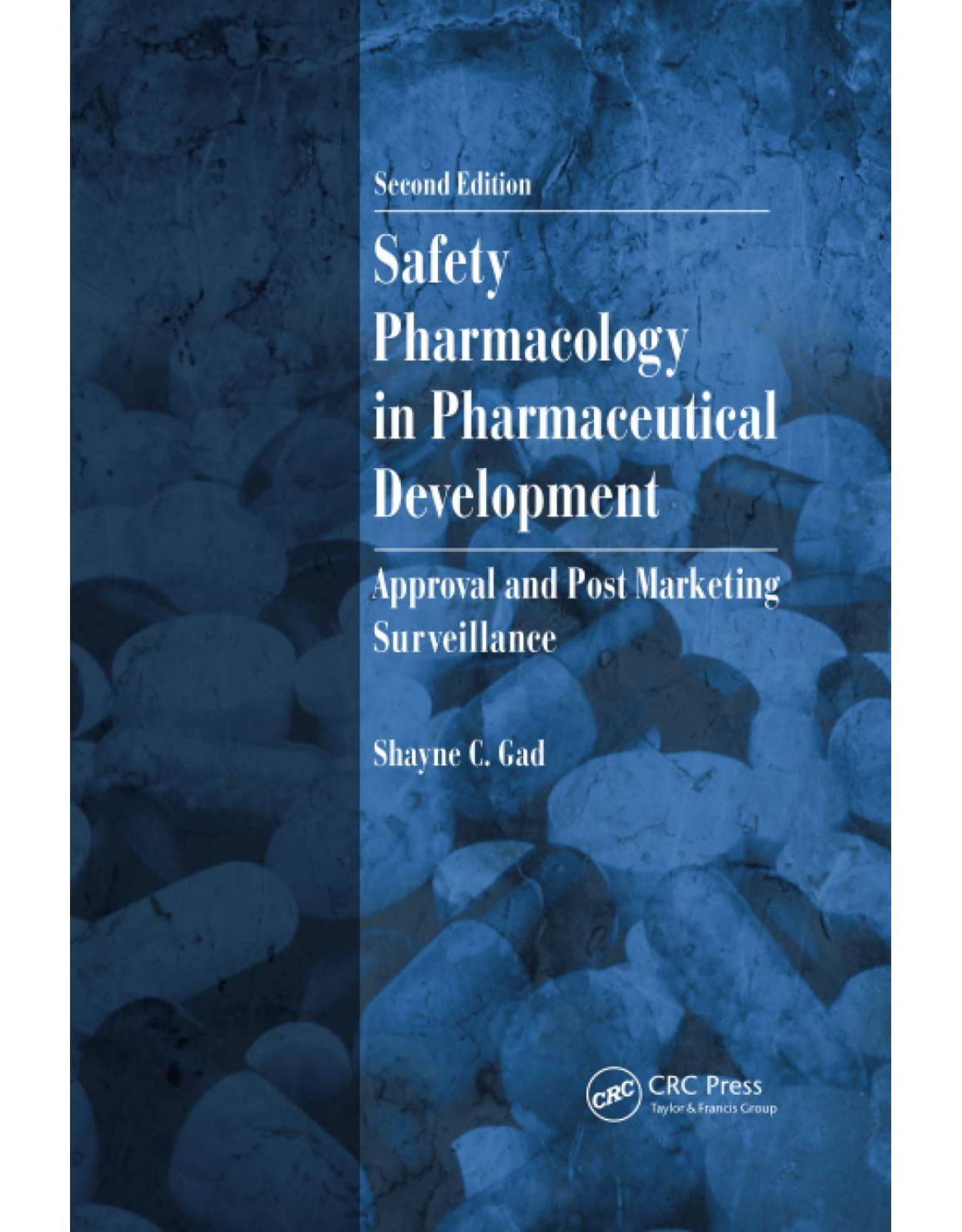
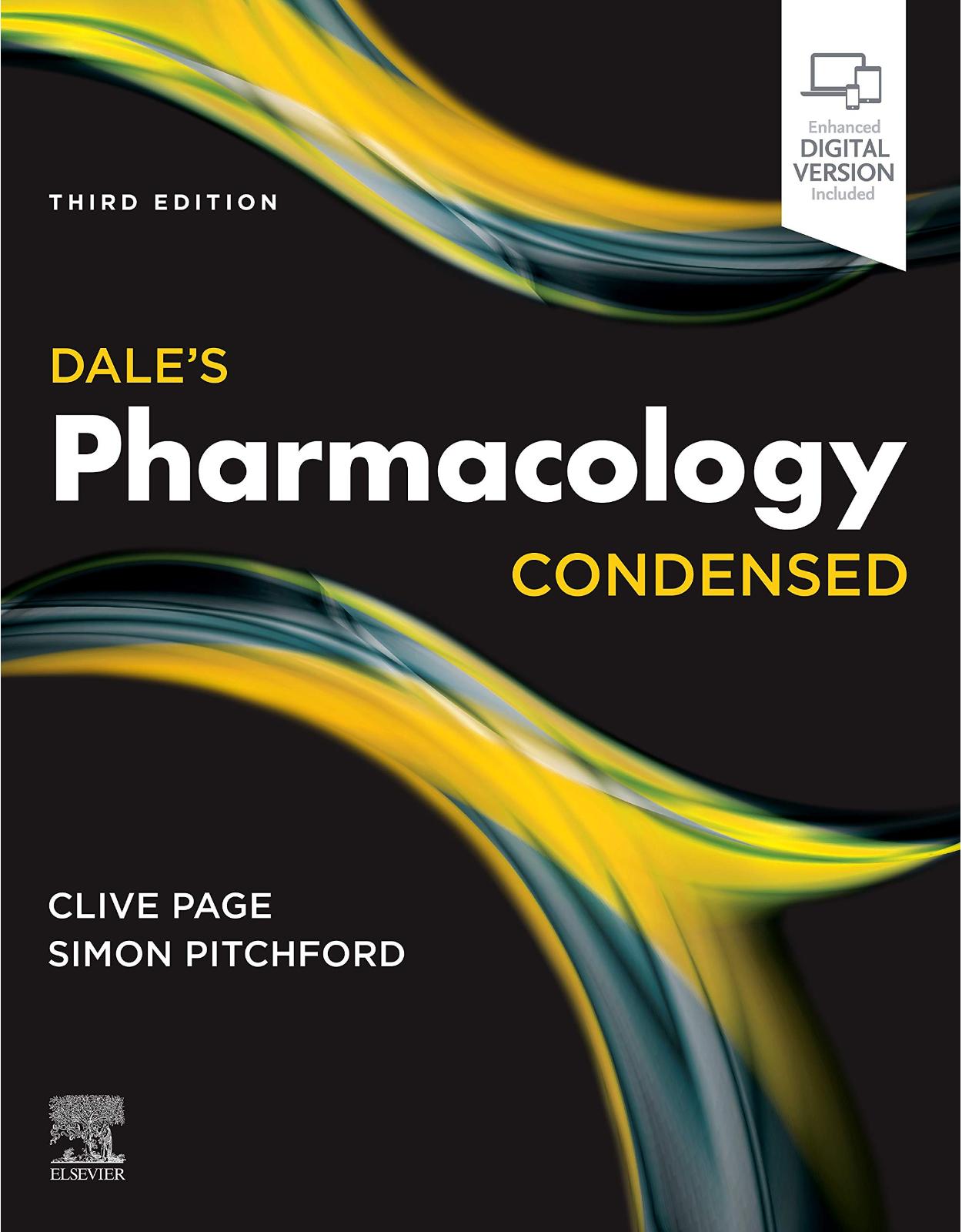

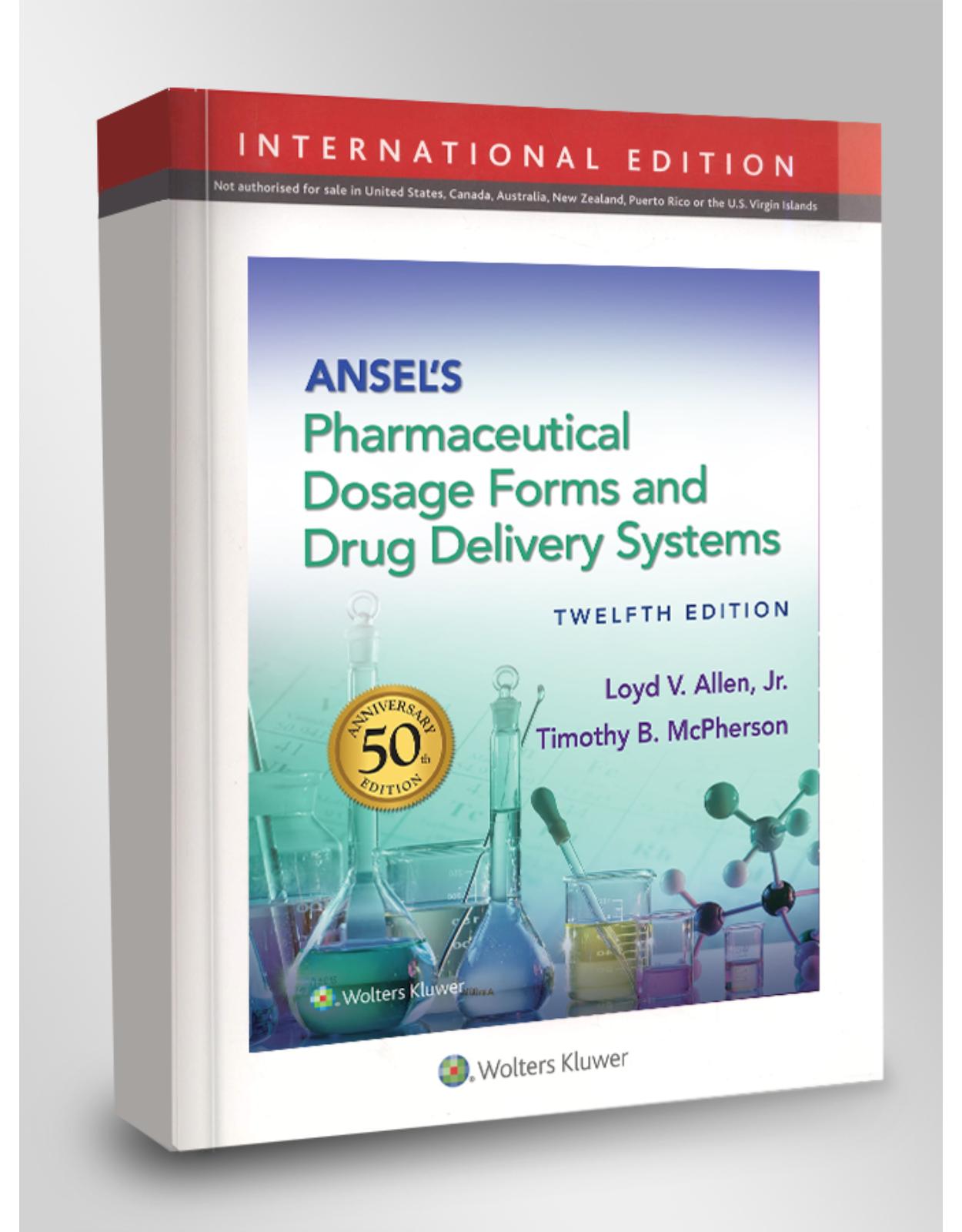
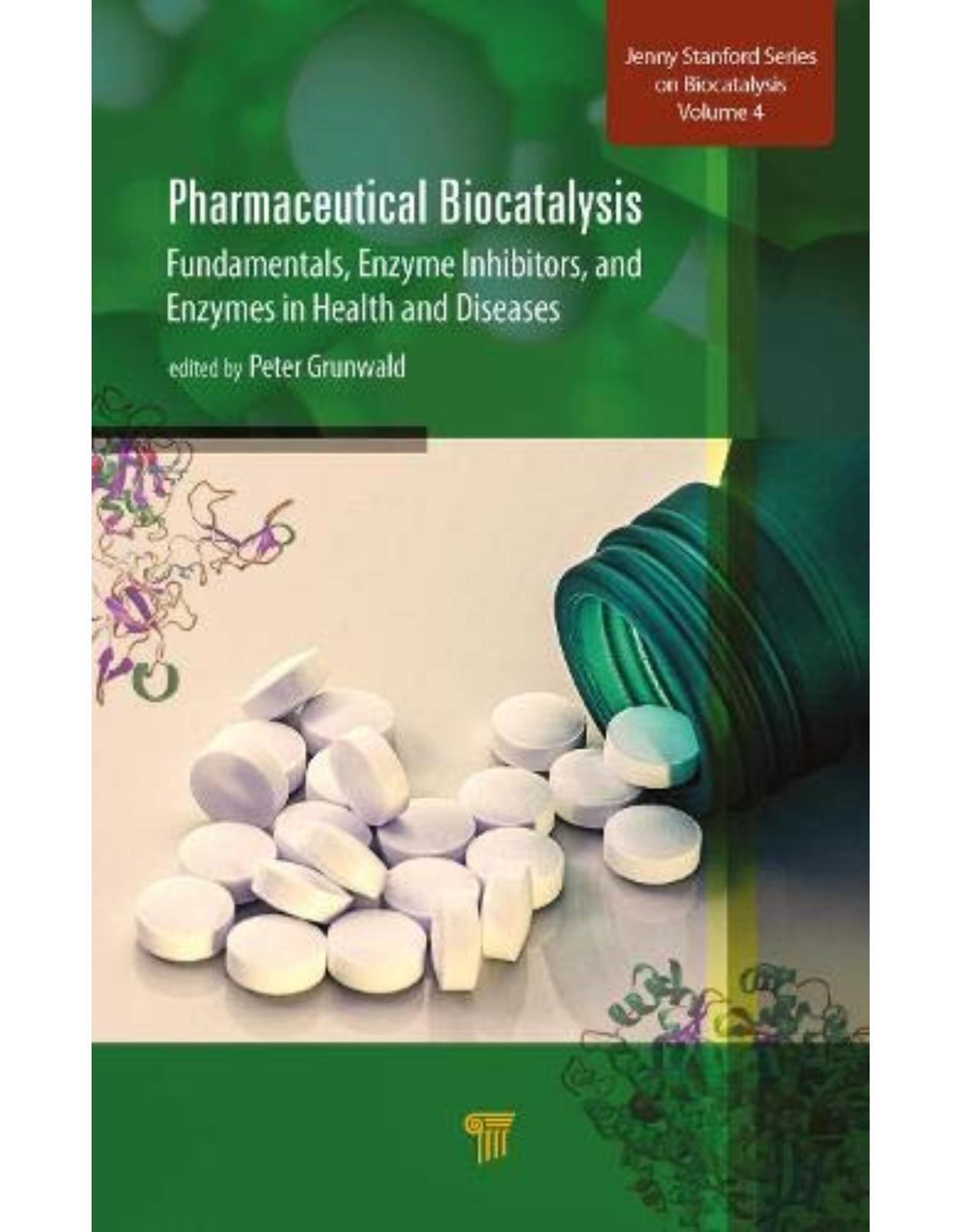
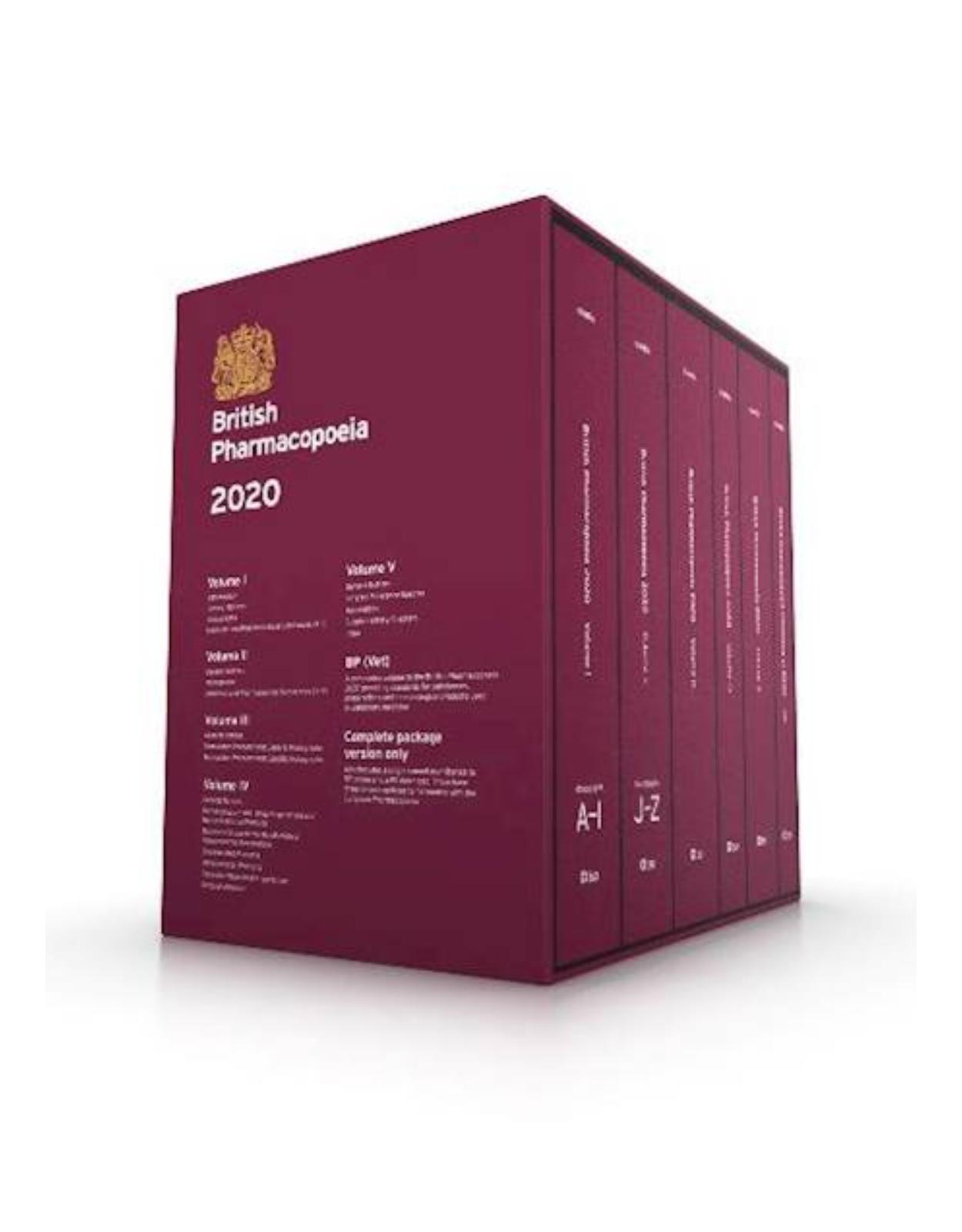
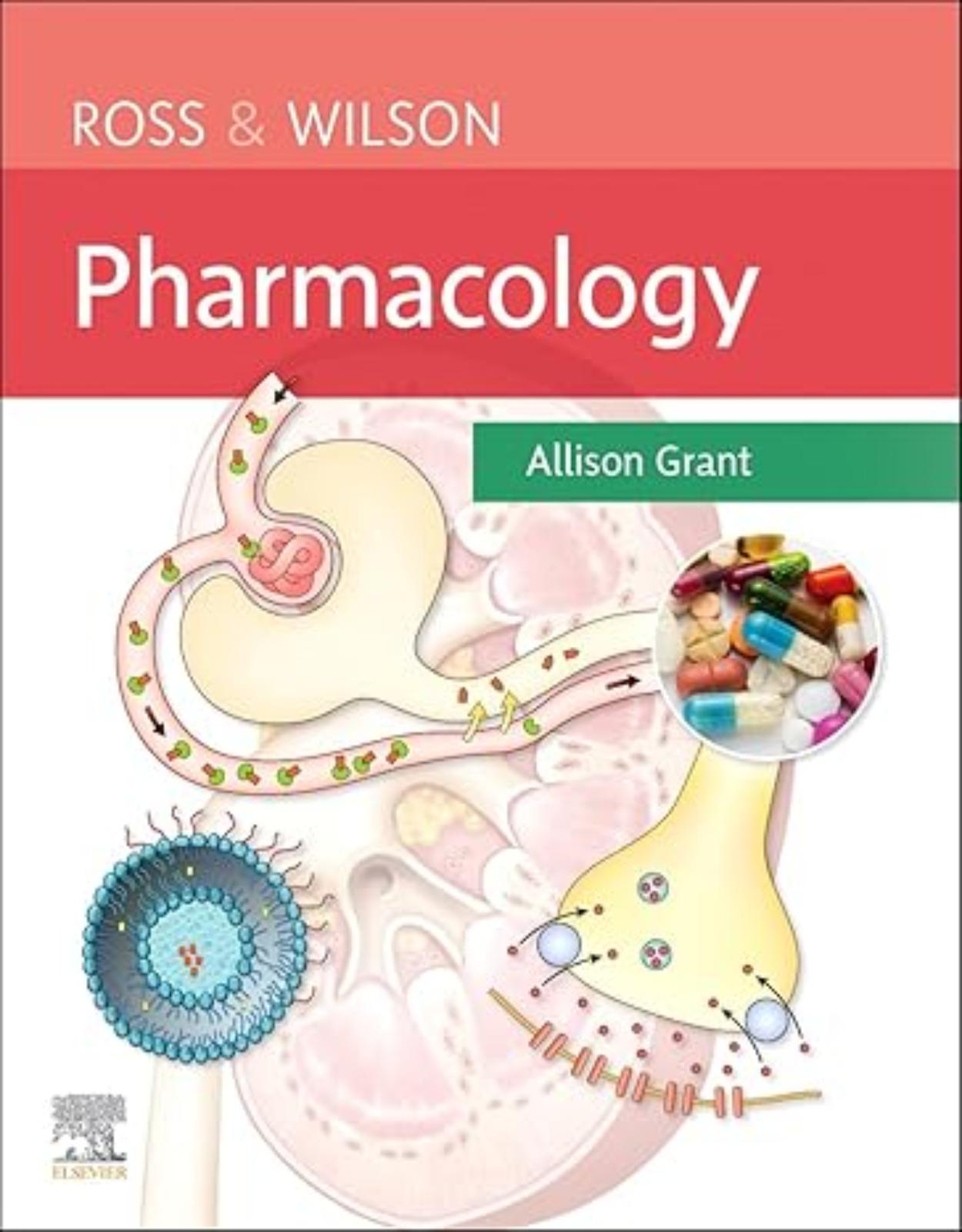
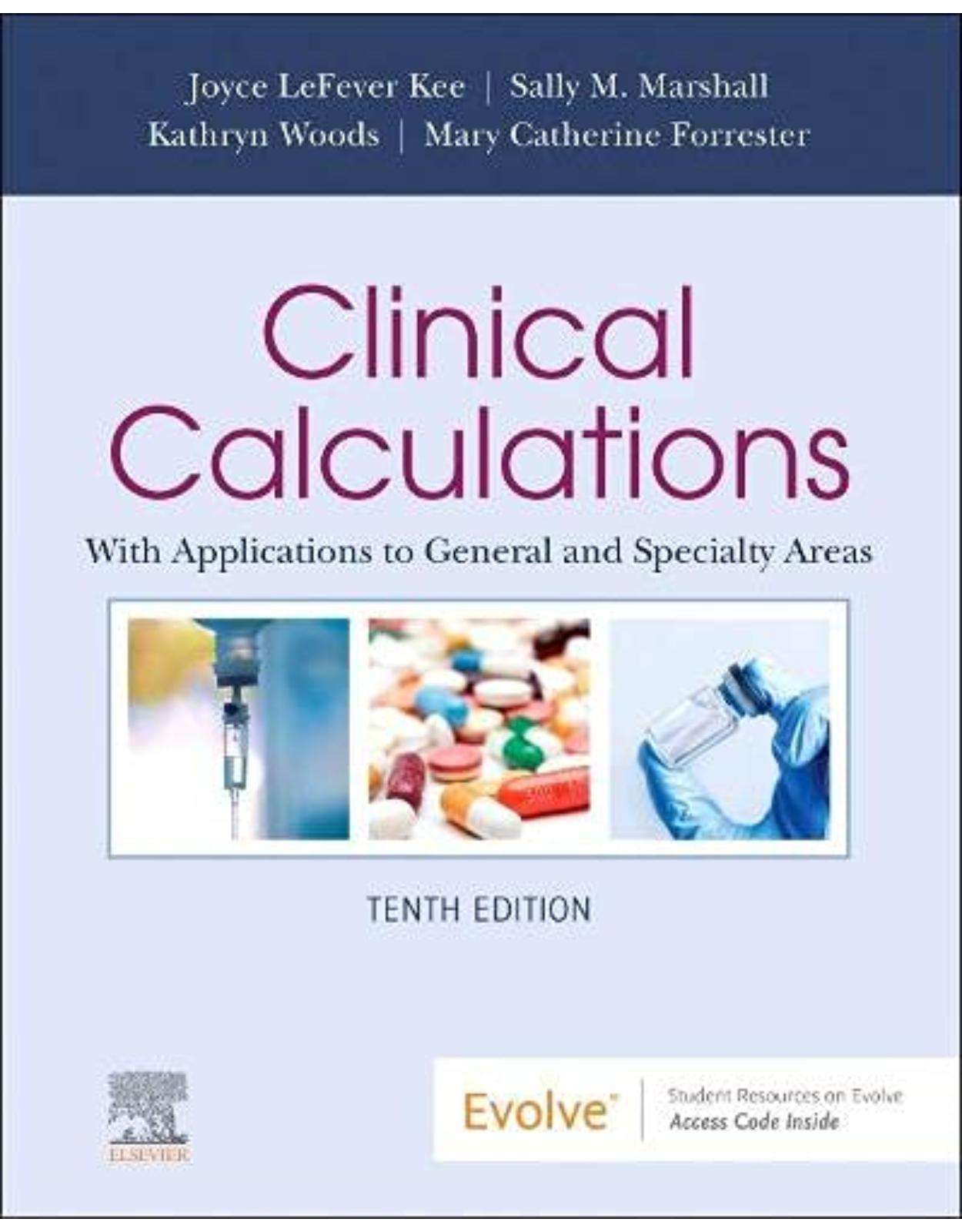
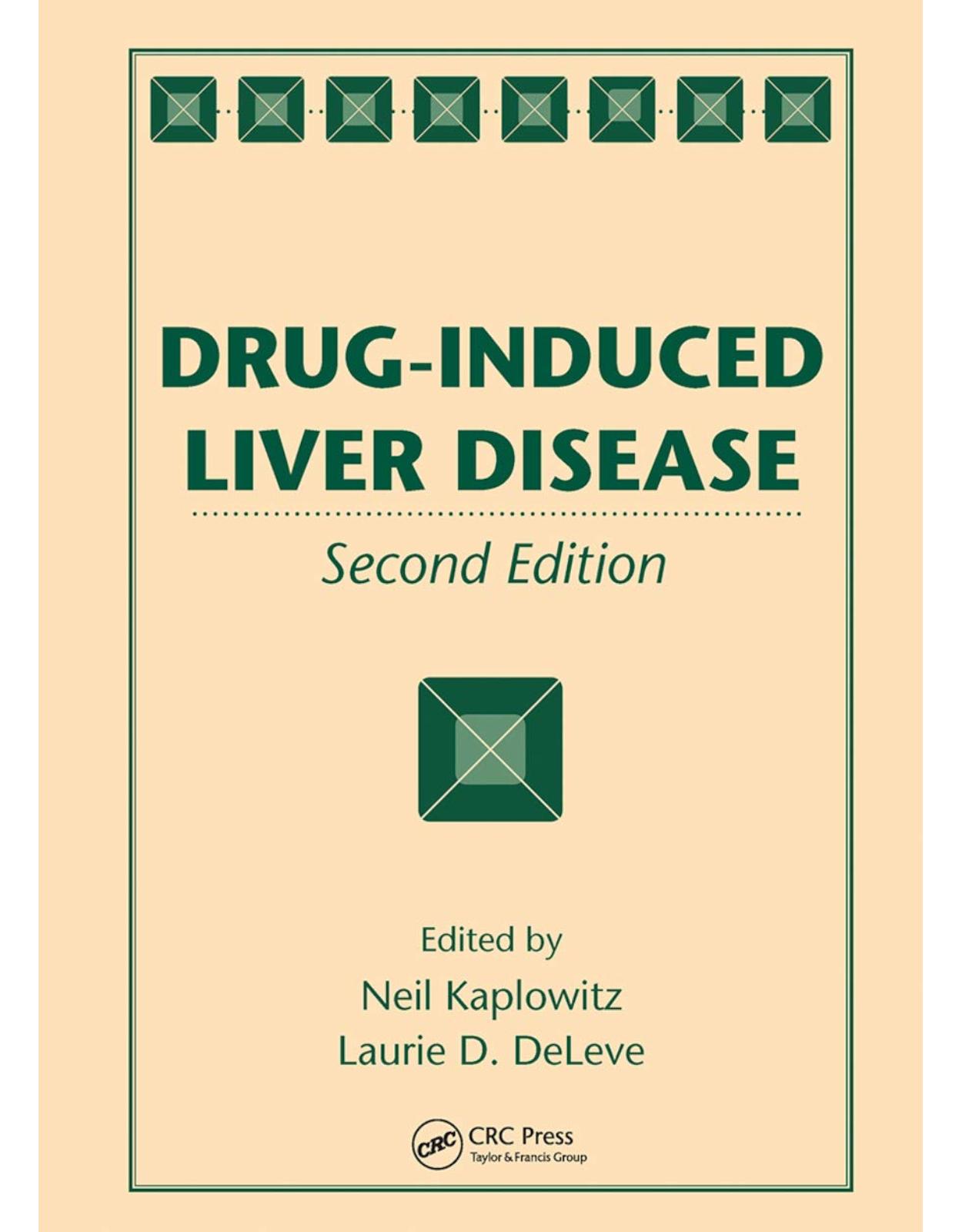
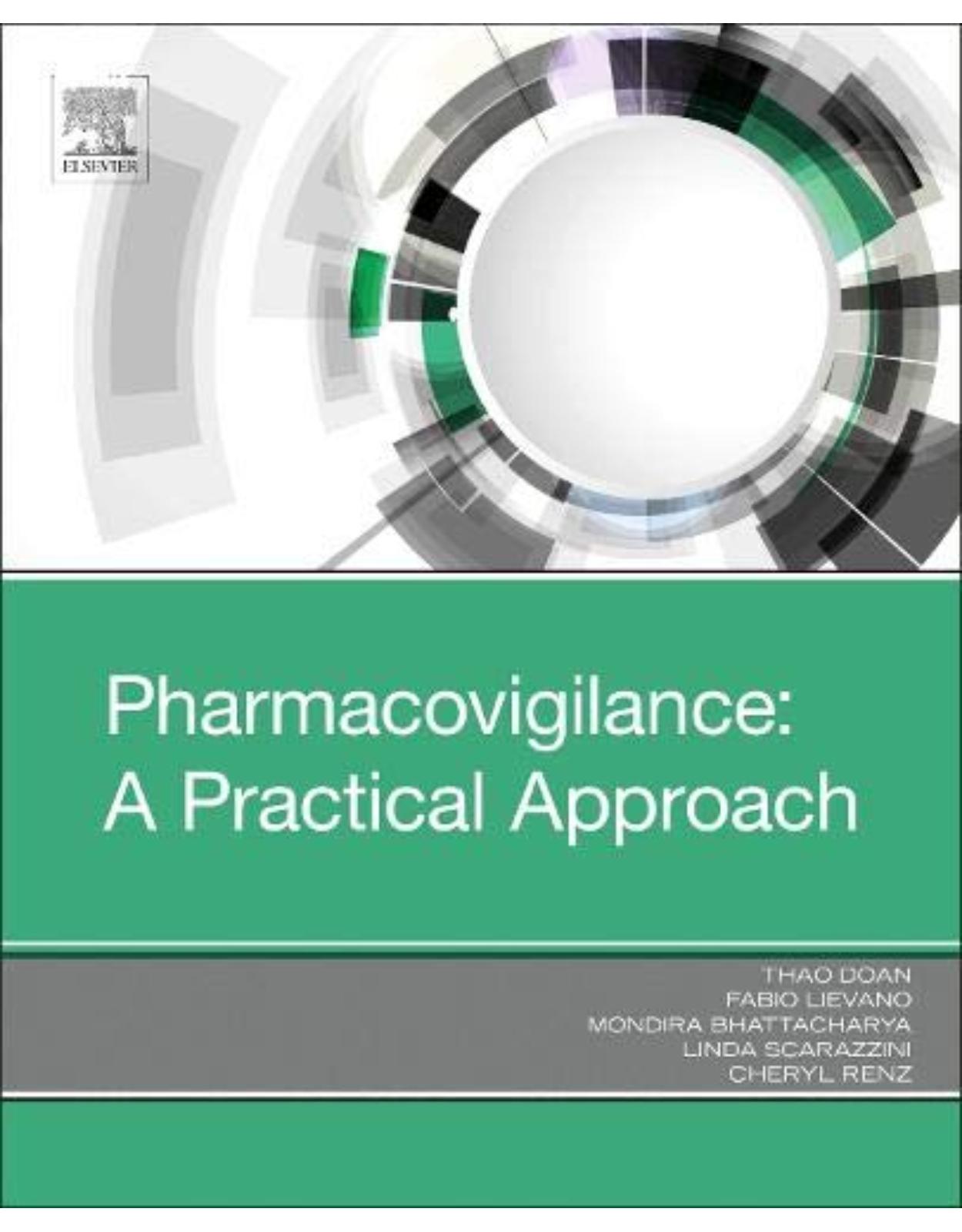
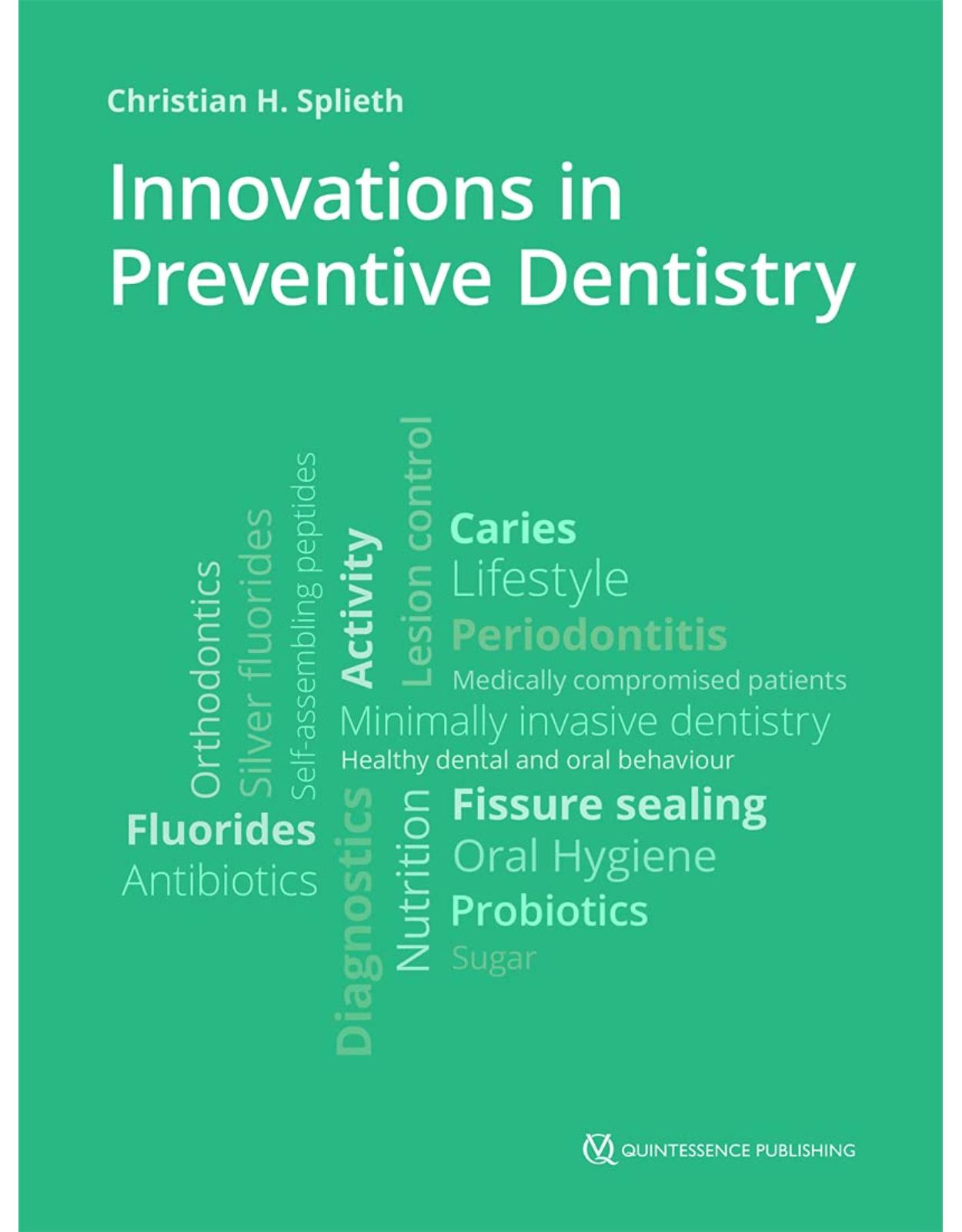
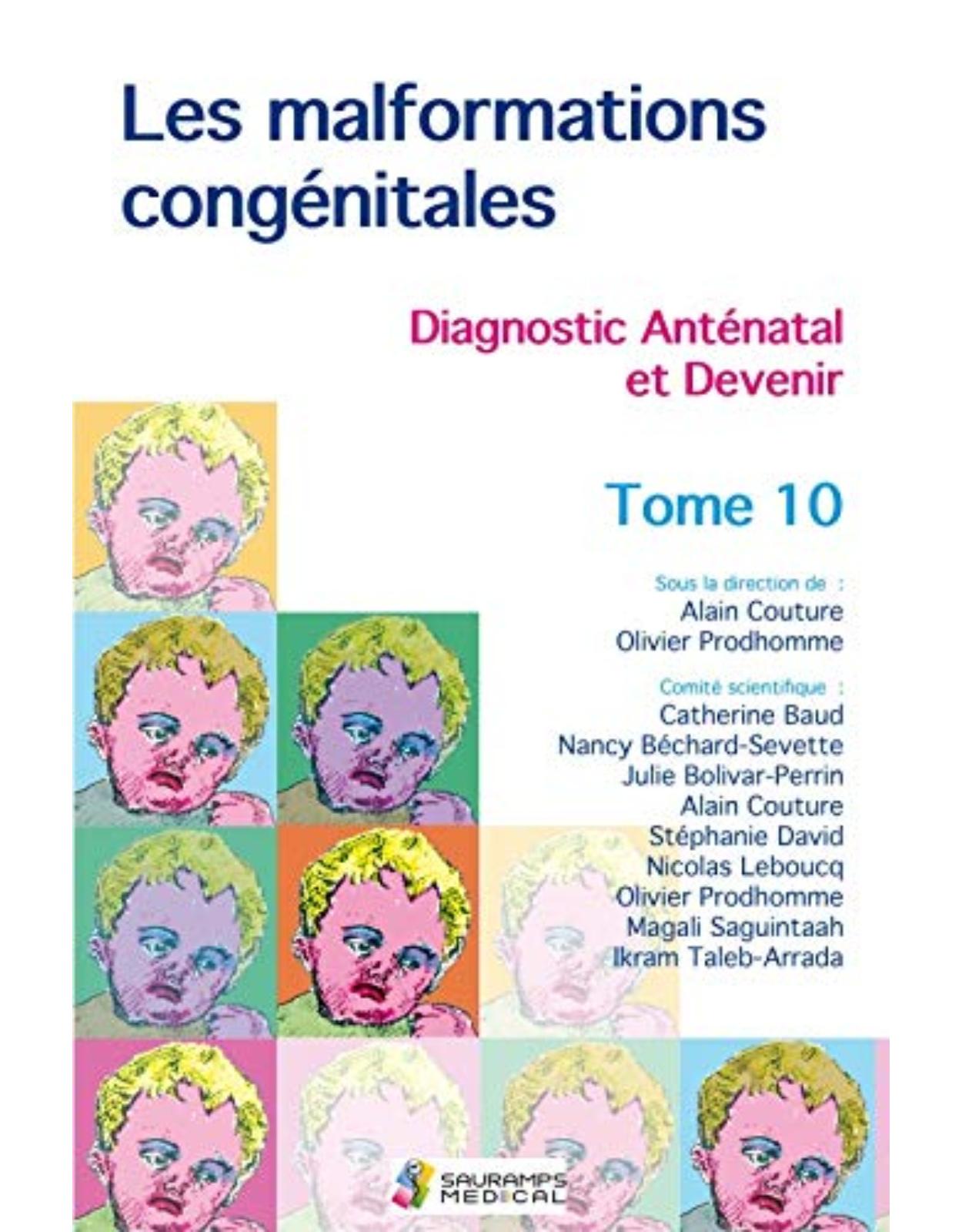
Clientii ebookshop.ro nu au adaugat inca opinii pentru acest produs. Fii primul care adauga o parere, folosind formularul de mai jos.